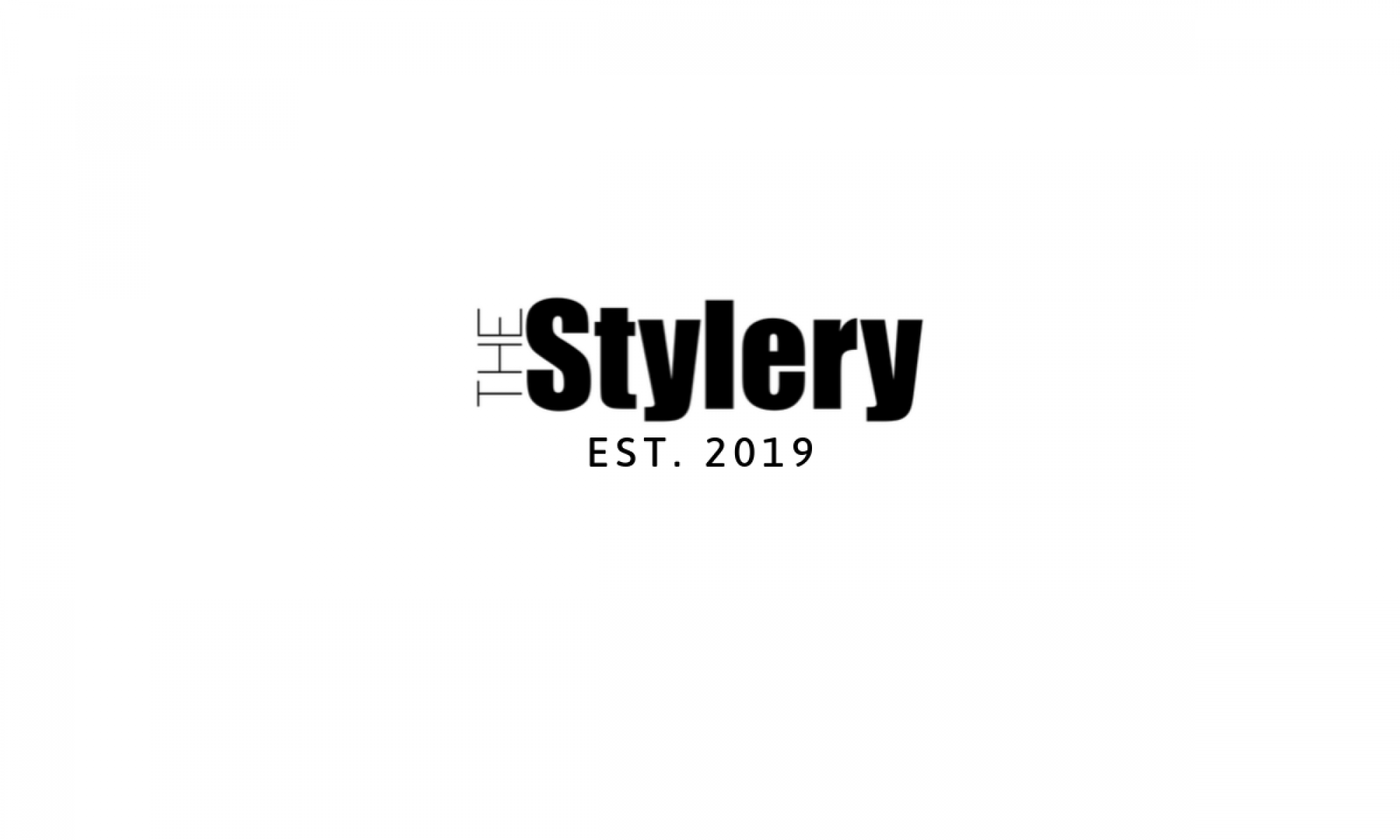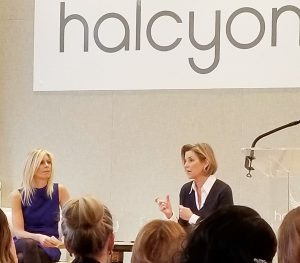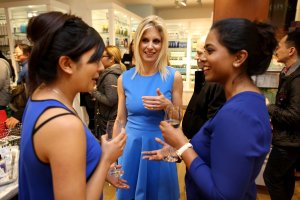
This past month while tracking the virus, the essential workers, the quarantined, the laid off, the shuddering economy, and growing class disparities, we’ve found ourselves wondering, “What’s style got to do with all this?” Now more than ever, are style, appearance, fashion, make-up, hair-cuts turning out to be non-essentials in our new reality? Concerns that fly out the window when intense survival-level and socio-political issues are in play? Perhaps.
Be that as it may, we have also realized that there are a few universally significant style-related phenomena that we’re all facing together in one way or another right now.

First, the face mask gives us much pause for thought. In a span of weeks, face masks have gone from surgery wear to street wear for all. Community groups, individuals (even our founder, Chanmuny has been feverishly making masks to donate!), designers and fashion houses have poured resources into mask production to address shortages as quickly as possible. Human spirit bursts through in the colors, patterns, designs, contours and creative interpretations of all manner of face coverings showing up. There are special and heartwarming Matzah masks for Passover, artistically hand-painted masks, flower-child home-made tie-dye masks, and even designer masks popping up on the Paris ‘virtual’ runways.
However, couture masks in logo prints stand in sharp contrast to repeated use masks of many essential workers, or no masks at all among many vulnerable populations. The sudden presence of face masks on our collective radar has also thrust disparity issues in class, race, ethnicity, gender and the like to the surface. As with all powerful style items, the face mask is both a wearable item and a disrupter. There is no doubt about it, this itty-bitty face covering has become relevant to each of us in some way, shape or form.
In case you need to make your own CDC-approved face covering, or want to make some for others, please see: https://www.youtube.com/watch?v=29wnIpPmpAQ
Second, for those with access to technology, the rise of zoom/video conferencing as a primary way to connect with one another has forced us to think about personal appearance in new ways. The screen view that others see of us is an intimate into window into the rooms we live in and an up-close view of our face. There is plenty one can do to try to enhance the video image, for example, lighting, make-up, clothing, accessories. But in a time of crisis and stress, there may not be time or energy for this, and so we are showing up as our most regular, basic selves. (Not to mention the state of our homes, the size of our living spaces, the ambient sounds of our families, roommates, pets, garbage trucks, etc.).
It used to be that being on camera meant being in a studio with tightly controlled lighting, background, strategic wardrobe, make-up and hair. Now being on camera means everything about how we really are shows up. As a seminar student recently pointed out, this lack of image control is incredibly humanizing, and yet it’s also quite a departure from traditional style standards and norm, particularly when it comes to work and professional interactions.
We at The Stylery think both are great – the humanizing real aspects of our appearance coming through on camera for more authentic connection AND the opportunity to curate appearance to fit the situation if one has time, energy and resources. Dating in the age of Covid-19 is also prime territory for “getting ready” for virtual dates. For those interested in how to put your best foot forward on video, see Tom Ford’s Tips courtesy of NYT (https://www.nytimes.com/2020/04/07/style/tom-ford-video-chat-tips.html).
Third, and finally, we have been thinking about dressing and grooming as essential self-care in times of crisis. For those of us quarantined and experiencing loss of routine and structure, it is vitally important to stick to a daily regimen of personal care and hygiene. This idea is borrowed with gratitude from Viktor Frankl’s deeply moving book, Man’s Search for Meaning, in which Frankl shares how his personal daily routine became a lifeline when surviving life in a concentration camp. He explains that during times of terrible crisis and uncertainty, action, discipline and regularity in routine created purpose and helped him be able to control what he could – even in the midst of the uncontrollable and unimaginable. And while the quarantine is not at all akin to circumstances Frankl endured while imprisoned, we can certainly apply his deep wisdom to our current situation.
It is also well noted in the clinical depression literature that personal care, especially grooming and appearance, tends to fall away when people are struggling with significant emotional pressure. A small but powerful way to keep upright is to set up and stick to a routine of getting ready for the day ahead, including dressing and grooming. This means even if you are not planning to see anyone all day, in person or on screen, you should get out of yours PJs, shower, dress and groom for the day ahead. We are not suggesting you rock a suit or stilettos—although if this will lift your spirit, more power to you! Just get yourself cleaned up and ready to face your day ahead. (BTW, we also strongly advocate exercise and/or stretching daily if possible, as this helps metabolize stress and gets us out of our heads and rebalanced into our bodies.)
For additional self-care recommendations during times of stress, please see: https://www.mayoclinichealthsystem.org/hometown-health/speaking-of-health/self-care-tips-during-the-covid-19-pandemic
Finally, we would love to hear your thoughts, ideas and insights on any of these topics or others related to appearance and style as we go through this time. In the meantime, we send all best wishes to you and yours during this time. Our hearts go out to everyone. Please take good care.




